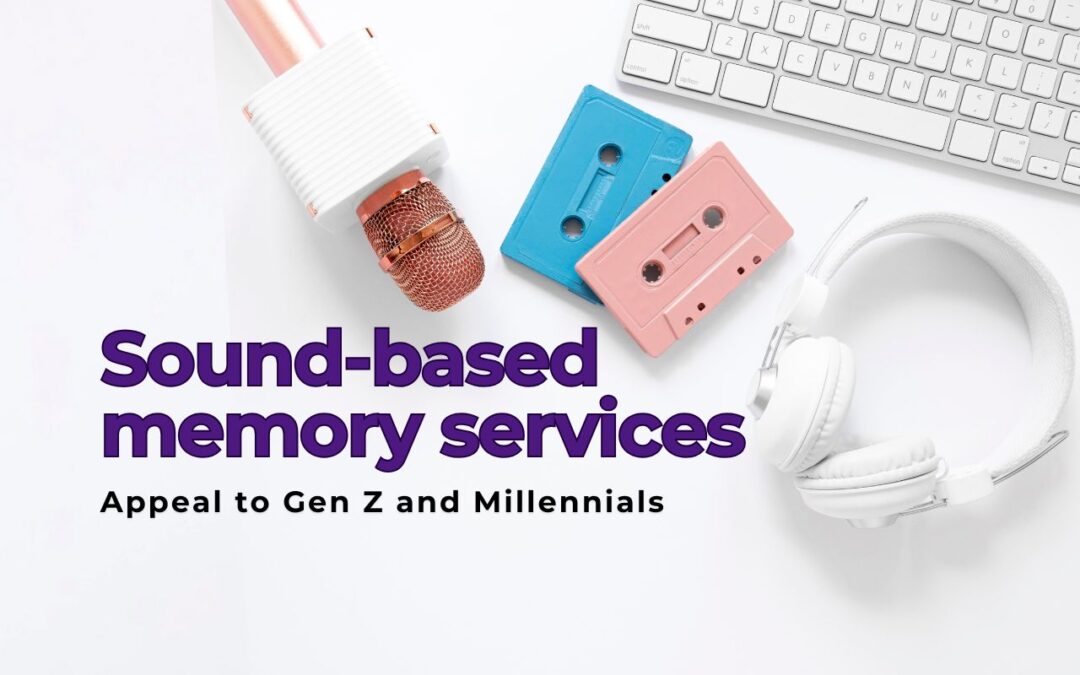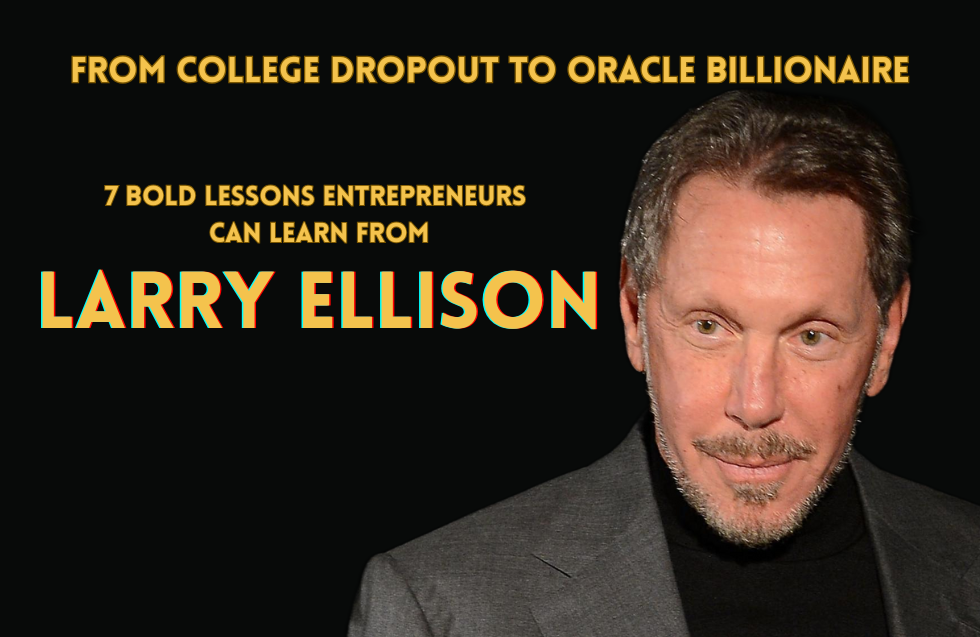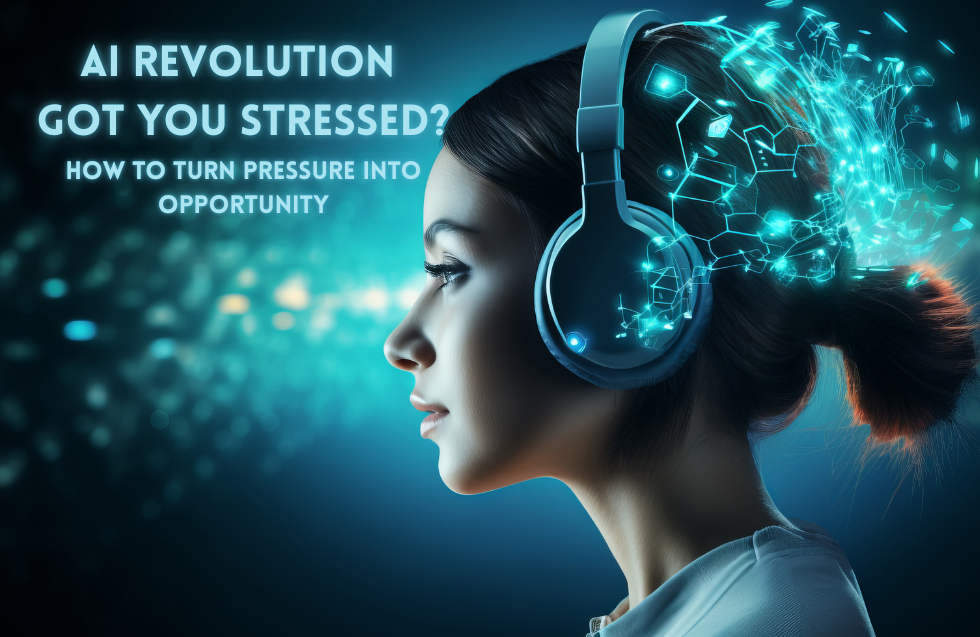In 2025, sound-based memory services, apps and platforms that capture, remix and preserve emotional audio memories are booming in popularity. They tap directly into Gen Z nostalgia as children and nostalgia culture as a whole. For so many young people, vintage songs, dial-up tones or TV sound clips, from when they were young can elicit highly vivid memories. Accessing nostalgia isn’t just fashion or trend; it is linked directly to the Gen Z mindset and more deeply tied to emotional needs, combining identity, comfort and relationships. In 2025, sound-based memory services will be more than a passing trend, they’re a meaningful evolution in personal tech.
1. Nostalgia, Audio and the “Nostalgia Generation”
Gen Z is known as “the nostalgia generation,” a cohort that grew up with analog and digital cultural artifacts. From retro TikTok filters to the reevaluation of cassette sounds, the love-hate relationship of Gen Z with nostalgia is tangible and measurable. Given an abundance of content, audio nostalgia is like a time machine, whisking listeners back to their childhood.
2. Why Gen Z loves the ’90s and sound-based memory services.
2.1 Audio Triggers Deep Memory Recall
Sound carries emotional weight in a way images don’t. A few seconds of an old theme song or arcade beep can unlock long-forgotten feelings. For Gen Z childhood nostalgia, these aural memories feel reliable and restorative.
2.2 The Gen Z Mentality Seeks Authentic Connection
Gen Z values authenticity and emotional transparency. Sound-based memory services like curated playlists of childhood jingles or recorded voicemail messages from parents feel deeply personal. They align with stereotypical Gen Z traits of seeking genuineness over polished messaging.
3. Learning from the Gen Z Report 2025
A recent Gen Z Report 2025 survey found:
- 68% of Gen Z respondents reported that listening to sounds from their childhood made them feel better.
- 55% reported using audio memory apps or sound-based memory services weekly.
- 72% described themselves as drawn to retro tech like cassette players and vinyl. These stats illustrate that auditory nostalgia is more than novelty, it’s a cultural and emotional currency.
4. Characteristic of Gen Z:
Memory Meets Tech Gen Z grew up on YouTube, podcasts and TikTok audio. Their brains associate sounds with an immersive experience. Sound-based memory services leverage this love of audio by preserving sound moments as storytelling tools.
When Gen Z posts childhood songs or mimics an old ringtone, it creates communal ties. This is why memory services with social sharing features resonate so strongly with this generation.
5. How Sound-Based Memory Services Work
Sound-based memory platforms typically include:
- Custom audio vaults: Save voice messages, childhood songs and family recordings.
- AI-powered remix tools: Combine decades of sounds into nostalgic mashups
- Memory timelines: Indexes might include “first phone ringtone,” “school bell” and “morning alarm sound.”
- Social sharing: Listeners can share audio memories with friends or communities and can generate nostalgic conversations from various audio Dolby outputs.
6. Frequent uses & emotional benefits
Mood regulation: Two or three vintage sounds can alleviate anxiety or improve a mood instantaneously.
Memory preservation: Parents and Gen Z users can record bedtime songs or voice clips for future generations.
Tales: People are utilizing sound snippets in personal stories or digital memoirs. Creative inspiration: writers, artists, designers are taking sounds and remixing them into new cultural artifacts while mixing nostalgia.
7. Here are some potential issues
Despite how appealing this audio nostalgia trend is, there are challenges:
Emotional overload: Publicly bombarding people with everything nostalgic is emotionally overbearing. Interactions should be balanced not constant.
Privacy vulnerability: Saving personal voice or family recordings demands secure storage and user control.
Emotional bypass: Nostalgia should enhance well-being, not replace emotional processing of present struggles.
8. How Brands and Tech Should Leverage the Trend
For creators and platforms:
- Feature generative nostalgia: Allow users to reconstruct their childhood audio (e.g. old ringtones, early game sounds, classroom bells).
- Add cross-generational tags: Label clips like “2005 school day” or “Grandpa’s lullaby”.
- Social sharing and collaboration: Let users contribute to collective memory pools or remix community-generated nostalgia.
For Marketers and Content Strategists:
- Nostalgia needs to be used in an ethical way; it is OK to combine vintage audio with contemporary stories, but do not make it all about a retro vibe.
- Align values with memories: Understand your audience’s emotional triggers, especially around identity, diversity and belonging.
9. FAQs
Q1: Is nostalgia just retro design and aesthetics?
A: No images evoke nostalgia, but sound triggers deeper, emotional memory. Sound-based memory services tap into multi-sensory recall.
Q2: Why does Gen Z’s obsession with nostalgia feel different from Millennials?
A: Gen Z nostalgia has been more intentionally curated from digital documentation. Millennials experienced retro audio live while Gen Z consumes it and recreated.
Q3: Can nostalgia-based apps actually improve mental well-being?
A: For many Gen Z users, yes. Revisiting cherished childhood sounds can reduce stress and improve mood.
Q4: Are these services only for creators?
A: No, anyone with a smartphone can record, preserve and share meaningful sounds.
Q5: Is nostalgia culture sustainable?
A: When used thoughtfully, yes. Nostalgia enables emotional connection if paired with freshness and creative reinterpretation.
Q6: What’s next for this trend?
A: Expect more AI-based nostalgia tools, interactive memory soundscapes and deeper community-driven sound-based memory services.
Conclusion
Sound-based memory services strongly appeal to Gen Z and Millennials not only by tapping into Gen Z childhood nostalgic experiences, emotional resonance and the digitally-native mindset of Gen Z that favors authenticity and emotional connection but are also emblematic of today’s nostalgia-focused culture of 2025. Sound is the most intimate and effective form of memory and provided it is delivered with intention and emotion, it offers applicable and accessible not just entertainment but emotional anchoring and generational connection.













